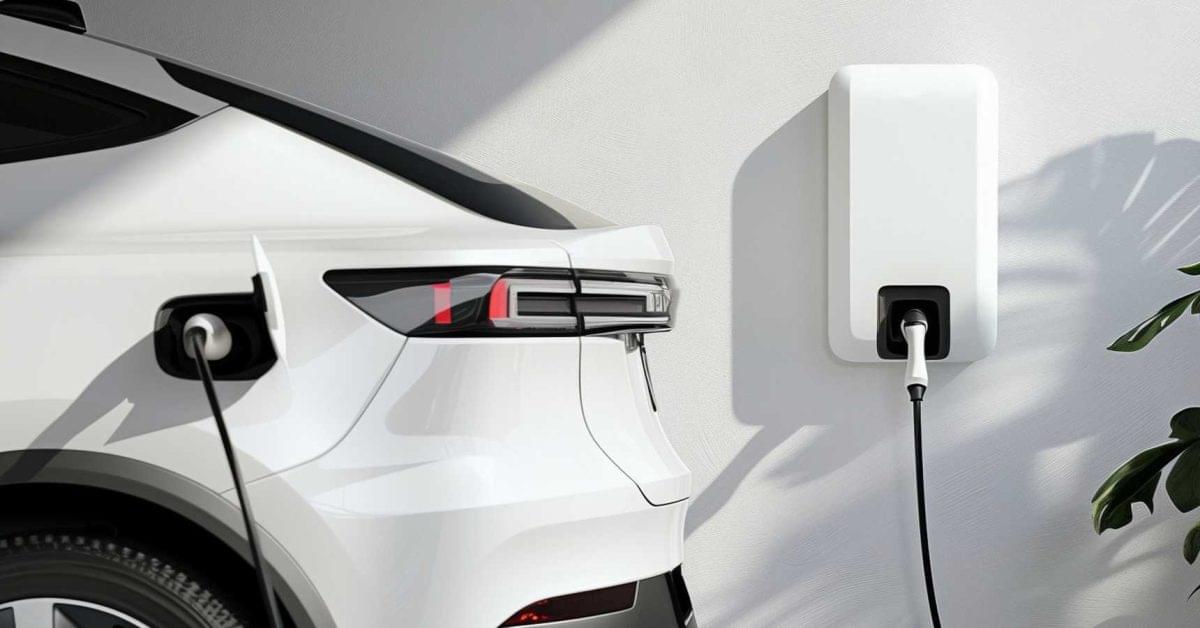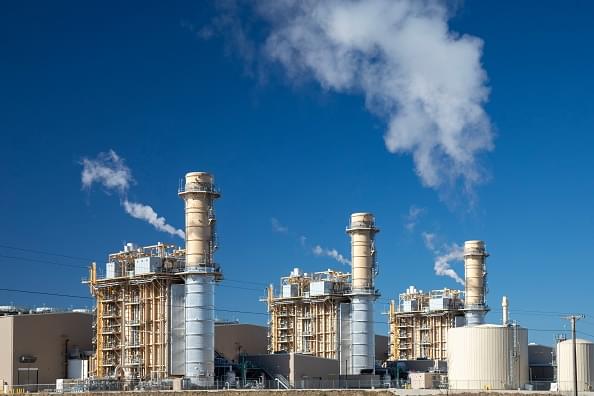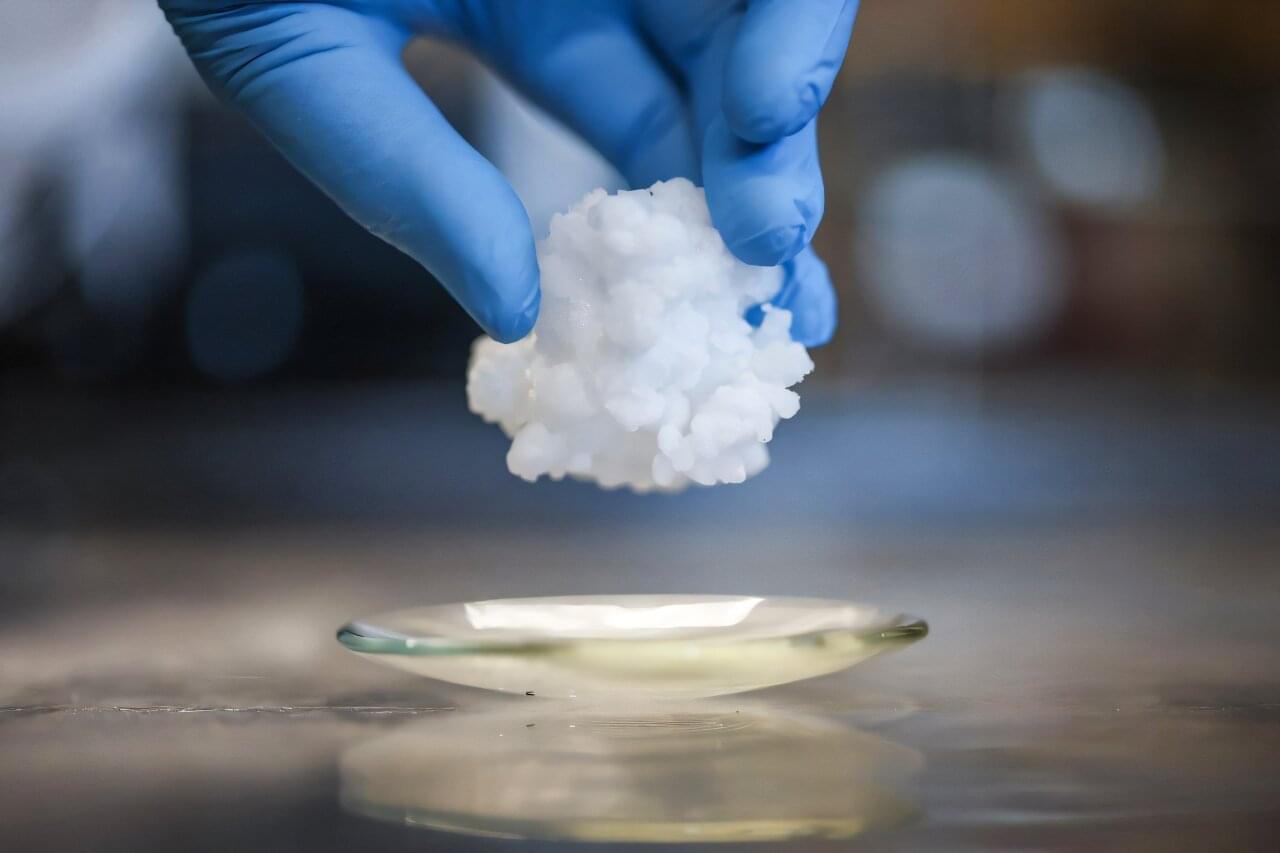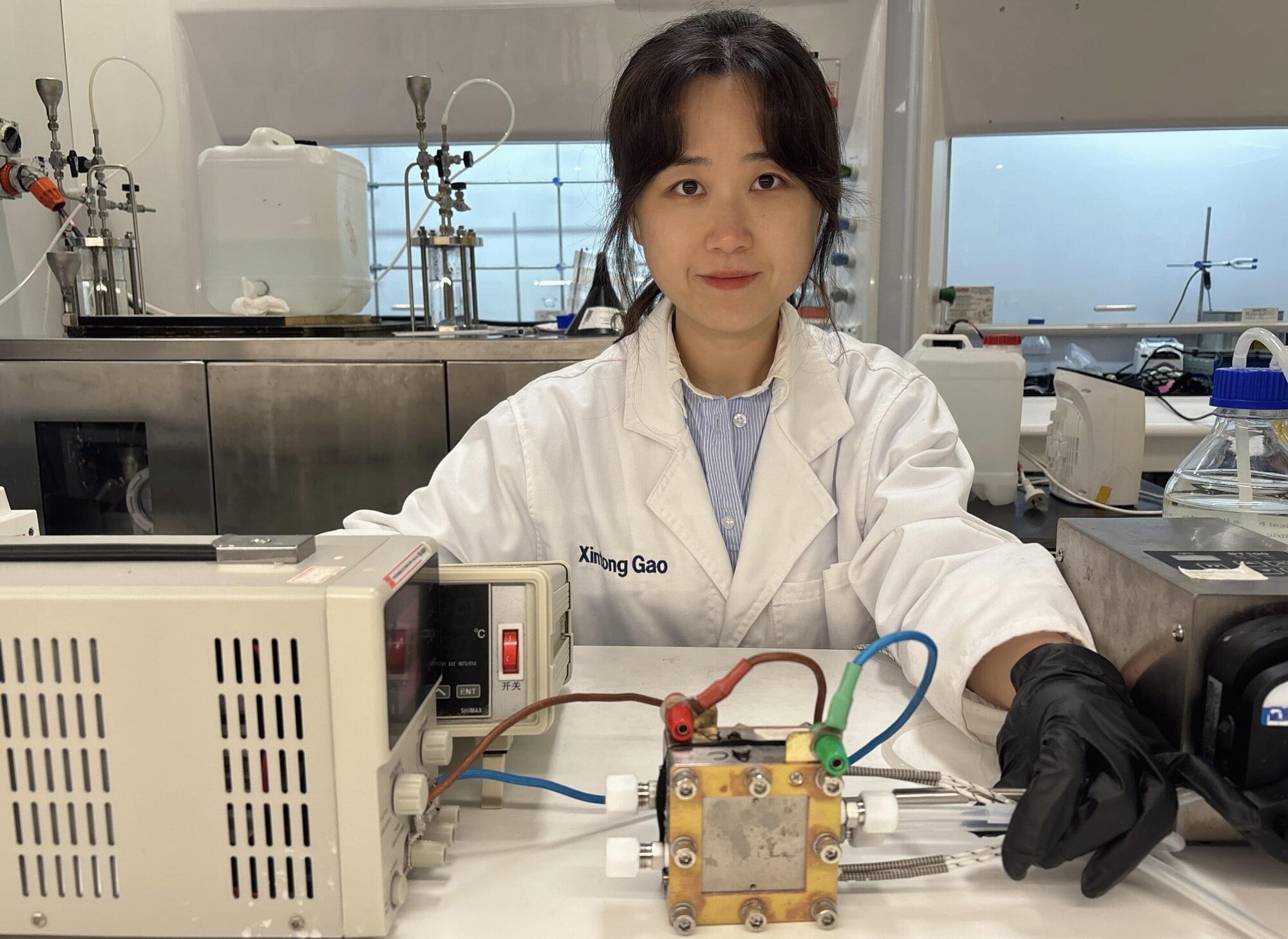Ava Community Energy just rolled out a new program in California that pays EV and plug-in hybrid drivers for charging their cars when electricity on the grid is cleaner and cheaper.
The new Ava SmartHome Charging program, launched in partnership with home energy analytics platform Optiwatt, offers up to $100 in incentives in the first year. And because the program helps shift home charging to lower-cost hours, Ava says drivers could save around $140 a year on their energy bills.
EV and PHEV owners who are Ava customers can download the Optiwatt app for free, connect their vehicle, and let the app handle the rest. The app uses an algorithm to automatically schedule charging when demand is low and more renewable energy is available, typically overnight or during off-peak hours.









